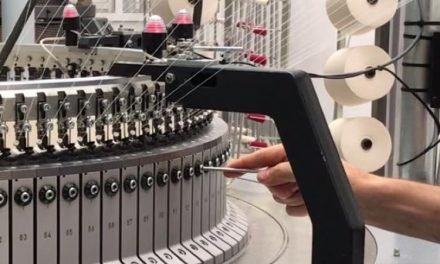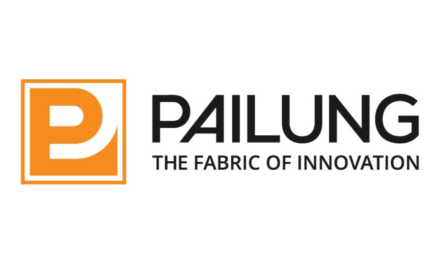 Academics at the University of British Columbia (UBC), in Canada, have developed electrically-charged hydrogels capable of registering pressure, which could present applications for ‘smart skins’ or perhaps sensor-embedded textiles.
Academics at the University of British Columbia (UBC), in Canada, have developed electrically-charged hydrogels capable of registering pressure, which could present applications for ‘smart skins’ or perhaps sensor-embedded textiles.
“How hydrogel sensors work is they produce voltages and currents in reaction to stimuli, such as pressure or touch – what we call a piezoionic effect,” said the Study’s Lead Author Yuta Dobashi. “What we didn’t know exactly was how these voltages are produced.”
To understand more about them, the team produced samples containing salts with positive and negative ions of different sizes. Magnetic fields were then applied to determine how the ions moved when manipulated. “When pressure is applied to the gel, it spreads out the ions in the liquid at different speeds, creating an electrical signal,” explained Dobashi. “Positive ions, which tend to be smaller, move faster than larger, negative ions. This results in an uneven ion distribution which creates an electric field, which is what makes a piezoionic sensor work.” Having determined how these ions react in different circumstances, the academics envision new applications for hydrogel-based sensors.
UBC researcher Dr John Madden, who Dobashi worked under, commented: “You can imagine a prosthetic arm covered in an ionic skin. The skin senses an object through touch or pressure conveys that information through the nerves to the brain, and the brain then activates the motors required to lift or hold the object. “With further development of the sensor skin and interfaces with nerves, this bionic interface is conceivable.”
The medical sector may be a key beneficiary of the technology, with potential solutions including a sensor – worn by the user – that monitors the patient’s vitals in an unobtrusive, ongoing way. This, in theory, would minimise one’s need to make frequent hospital visits, as the technology would continuously assess the state of a patient’s treatment, rather than a healthcare practitioner.
Given the increasing onus on textile-based sensors, to advance smart solutions, perhaps the technology could even one day be integrated within the garment manufacturing process to treat fibres with the ion-embedded solution.
“Smart skins can be integrated into clothing or placed directly on the skin, and ionic skins are one of the technologies that can further that growth,” noted Madden.





















